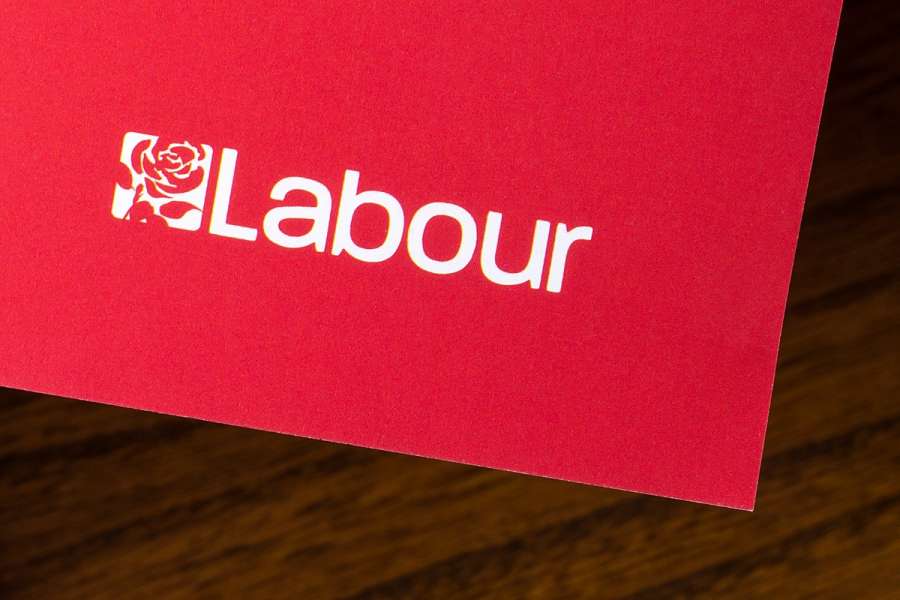SEIS and EIS
At BSO-Fintax, we specialise in helping businesses unlock growth potential through the Seed Enterprise Investment Scheme (SEIS) and the Enterprise Investment Scheme (EIS). These government-backed initiatives are designed to encourage investment in early-stage companies by offering significant tax reliefs to investors. Our team of experts is here to guide you through the process, ensuring you maximise the benefits of these schemes and attract the necessary funding to drive your business forward.
By leveraging SEIS and EIS, your business can gain access to essential capital while providing attractive incentives to investors. These schemes offer tax reliefs such as Capital Gains Tax exemption and loss relief, making your business a more appealing investment opportunity. At BSO-Fintax, we assist with every step of the process, from ensuring your business qualifies as a “qualifying trade” to navigating the complexities of compliance with HMRC regulations. Our goal is to make the application process as seamless as possible, so you can focus on growing your business and achieving your long-term objectives. Contact us today to learn more about how SEIS and EIS can benefit your company and help secure your financial future.

Advanced Assurance

Share Dilution & Re-Classification

Investor Compliance

Tax Relief Calculation

Statutory Bookkeeping

EMI Share Plan
FAQs
Both the EIS and SEIS schemes are designed to promote private investments in early-stage ventures, though they differ in scope and benefits.
The Enterprise Investment Scheme (EIS) targets medium-sized startups, permitting individual investors to allocate up to £1 million each tax year, and offers a 30% tax break in return.
On the other hand, the Seed Enterprise Investment Scheme (SEIS) is aimed at smaller, nascent companies. It allows individual investors to invest up to £100,000 per tax year, providing a generous 50% tax break.
While the EIS was established earlier in 1994, the SEIS was introduced more recently, in 2012, to support smaller enterprises at their inception.
As an investor in a qualifying company, you can receive a 30% income tax relief. This means if you invest £10,000 during a single tax year, you can reduce your income tax by £3,000. Additionally, any profits earned from your investment are exempt from capital gains tax. If your investment results in a loss, you can offset this loss against your income tax. It’s important to note that shares must be held for at least three years to qualify for EIS relief. The maximum investment amount eligible for EIS benefits is £1 million annually.
When you invest in a qualifying company under the SEIS scheme, you receive 50% income tax relief, meaning an investment of £10,000 would yield a £5,000 tax reduction. Profits from these investments are exempt from capital gains tax. Additionally, SEIS loss relief allows you to offset losses against your income tax. SEIS also offers capital gains reinvestment relief, which can provide a reduction of up to 50% on taxes paid from other investments if reinvested in an SEIS company. The maximum investment allowed under SEIS is £100,000 per year.
Most businesses can qualify for EIS or SEIS, provided they meet certain conditions. Your business must be based in the UK with plans to use the venture capital funding for qualified trading activities. It should not be listed on any stock exchange, nor should it be under the control of or control another company. However, there are exclusions; your business may not qualify if more than 20% of its activities include sectors such as property development, legal or financial services, leasing, banking, insurance, debt or financing services, electricity generation or export, gas or fuel production, or the operation of hotels or nursing homes. For detailed information on qualifying trades, it is advised to consult the relevant government guidelines.
To be eligible for EIS tax relief, your company should meet the following criteria:
- It must have been trading for less than seven years.
- It should employ fewer than 250 people.
- Its gross assets must not exceed £15 million.
For SEIS tax relief eligibility, the requirements are:
- The company must have been trading for less than two years.
- It should have fewer than 25 employees.
- Its gross assets should not surpass £200,000.
In EIS funding, companies can raise up to £12 million. Under SEIS, the maximum is £150,000. However, if your company has received any de minimis state aid within the past three years, this will count towards your EIS or SEIS funding cap, potentially reducing the total amount you can raise under these schemes.
To qualify for tax relief under EIS or SEIS, the investment funds must be allocated to:
- Qualifying business activities, including preparatory actions for these activities which must start within two years of the investment.
- Research and development efforts aimed at generating a qualifying business activity.
All investment funds must be utilized within three years following the share issuance. The funds cannot be used to acquire shares, except in a qualifying 90% subsidiary engaged in a qualifying business activity.
If your company aims to secure financing through both the SEIS and EIS schemes, it’s crucial to first utilize SEIS before proceeding to EIS. While you can apply for both schemes simultaneously, once you exceed the SEIS cap of £150,000, you can then seek additional funding up to £5 million under EIS. It’s important to adhere to the specific sequence of fundraising, and shares should not be issued under both schemes on the same day to ensure compliance with the rules.
Under both the EIS and SEIS schemes, individual investors can contribute significant amounts each tax year to eligible companies. Specifically, an individual can invest up to £1 million annually under EIS, while the SEIS limit is £100,000. The shares issued under these schemes must be ordinary shares and should not carry any preferential rights, ensuring all investors are on equal footing in terms of share characteristics.



